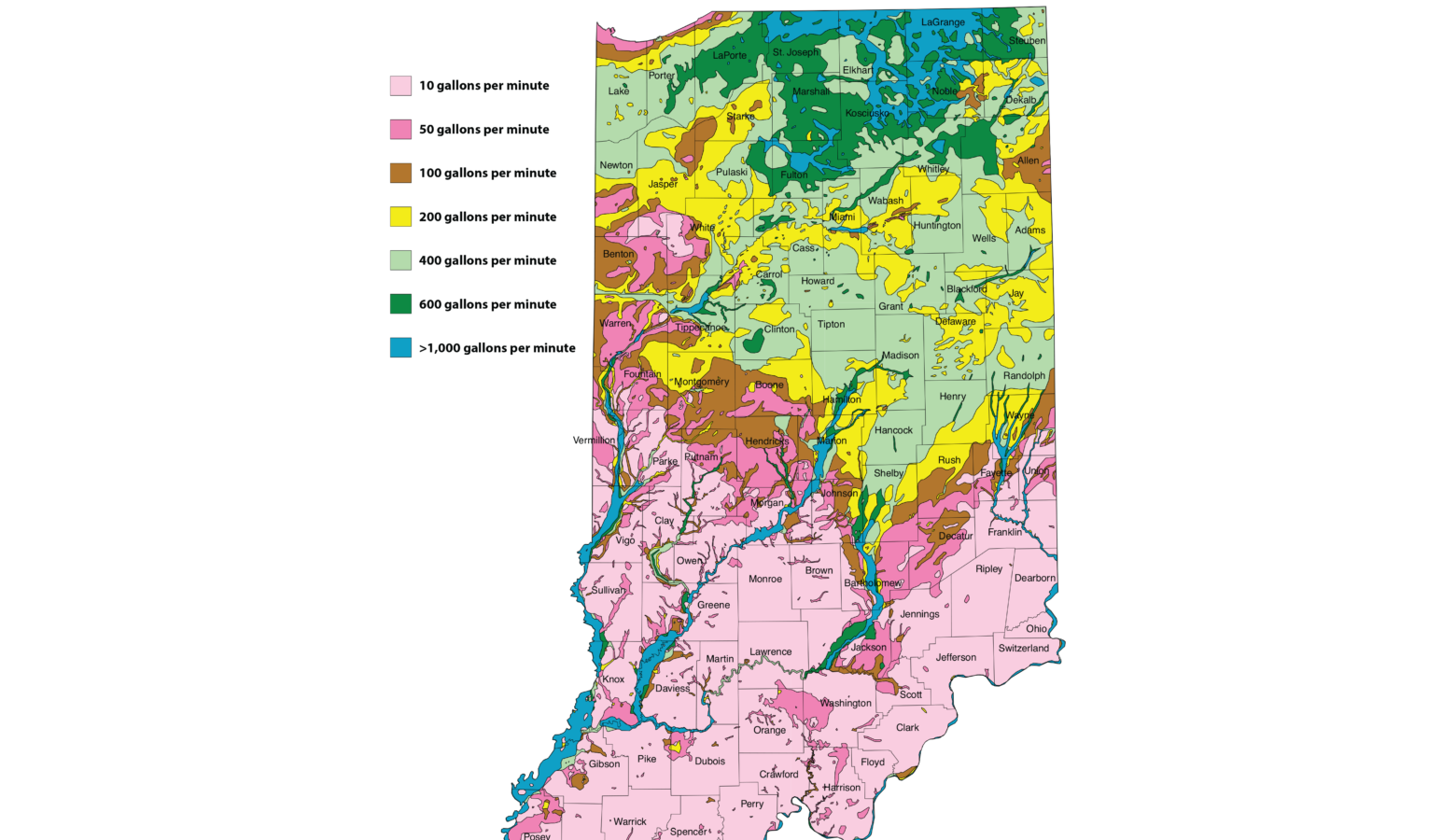Chamber: Indiana needs a statewide water plan to avoid conflicts over development

The LEAP pipeline project has created a tug-of-war over the water supply in Tippecanoe County — between residents there and those who want to create an industrial district in Lebanon. The Indiana Chamber of Commerce said conflicts like this show the state needs to start water planning now.
A new report by the Chamber said there’s plenty of water in Indiana right now, but with central Indiana growing and proposed development in other parts of the state — there may not be enough to meet demand in the future. It’s an update to a report the Chamber put out a decade ago.
Since 2019, the state has been slowly working to complete regional water studies. Jack Wittman is a hydrologist with INTERA, which helped prepare the Chamber’s report. He said the LEAP project has shown the state needs regional and state water plans.
“So it helps us see what other things can we do to make sure that we already anticipated these questions and were ready with information and data,” Wittman said.
READ MORE: Growing central Indiana will need more water in the future
Join the conversation and sign up for the Indiana Two-Way. Text “Indiana” to 765-275-1120. Your comments and questions in response to our weekly text help us find the answers you need on climate solutions and climate change at ipbs.org/climatequestions.
Wittman said water plans can help identify what different regions need and where the state can accommodate economic growth — like near the Brookville Reservoir, about an hour northwest of Cincinnati.
“Brookville is not used very much, hardly at all — a couple million gallons a day and it has a huge capacity. So there’s an opportunity basically near Brookville,” he said.
Among other things, the Chamber recommends putting one team in charge of statewide water planning, better monitoring Indiana’s water resources and funding water research.
Rebecca is our energy and environment reporter. Contact her at [email protected] or follow her on Twitter at @beckythiele.

